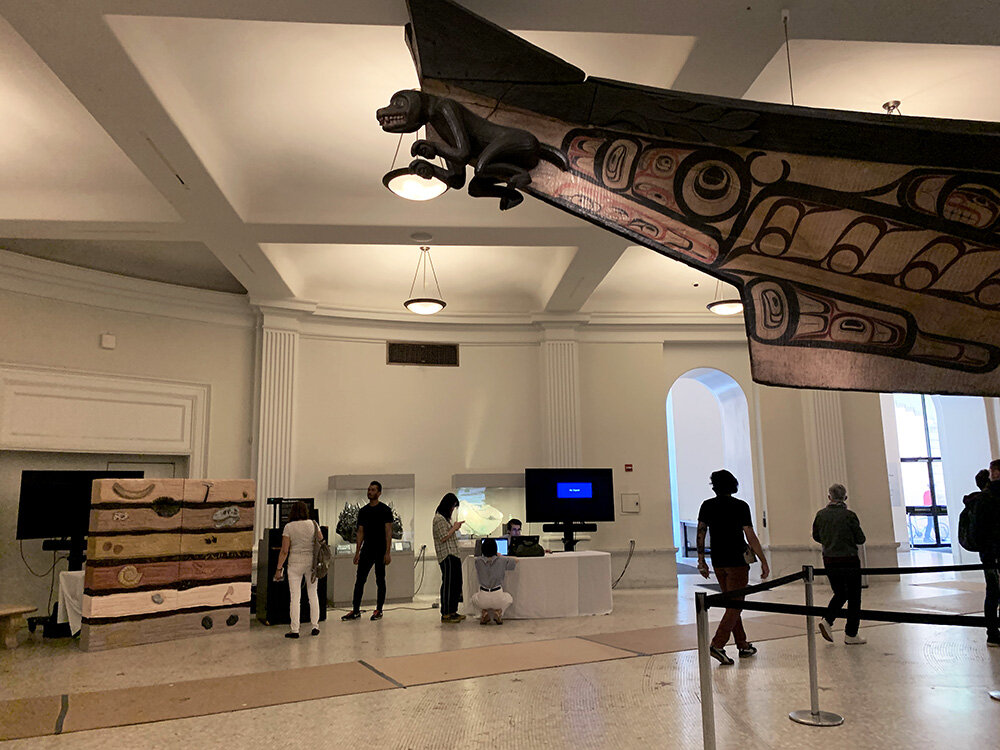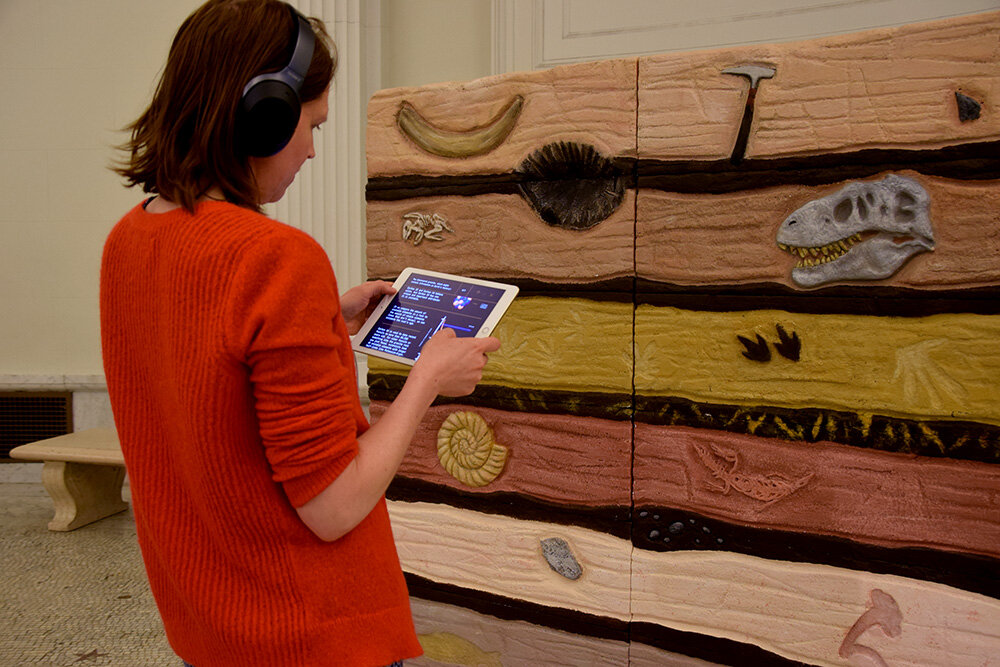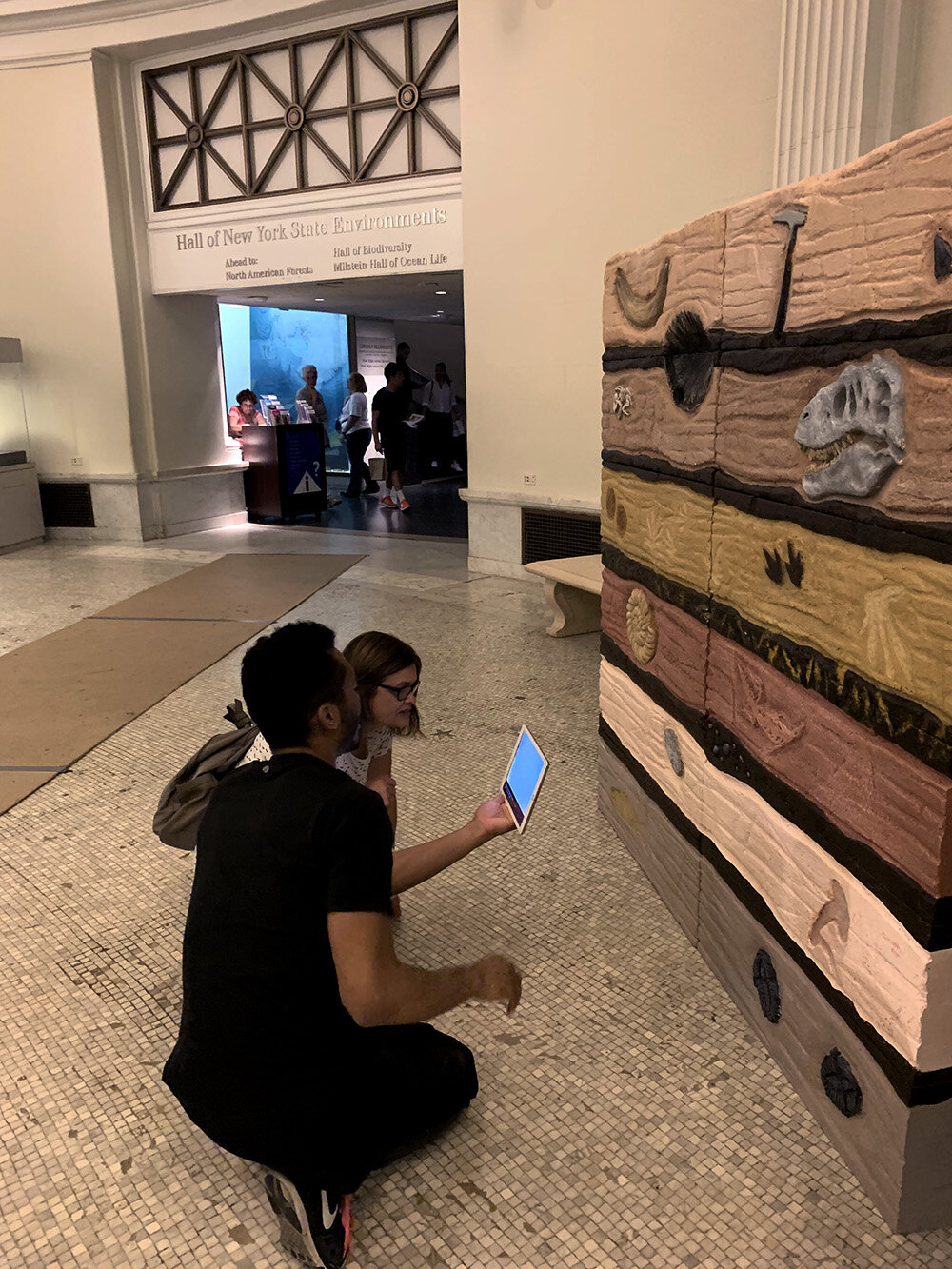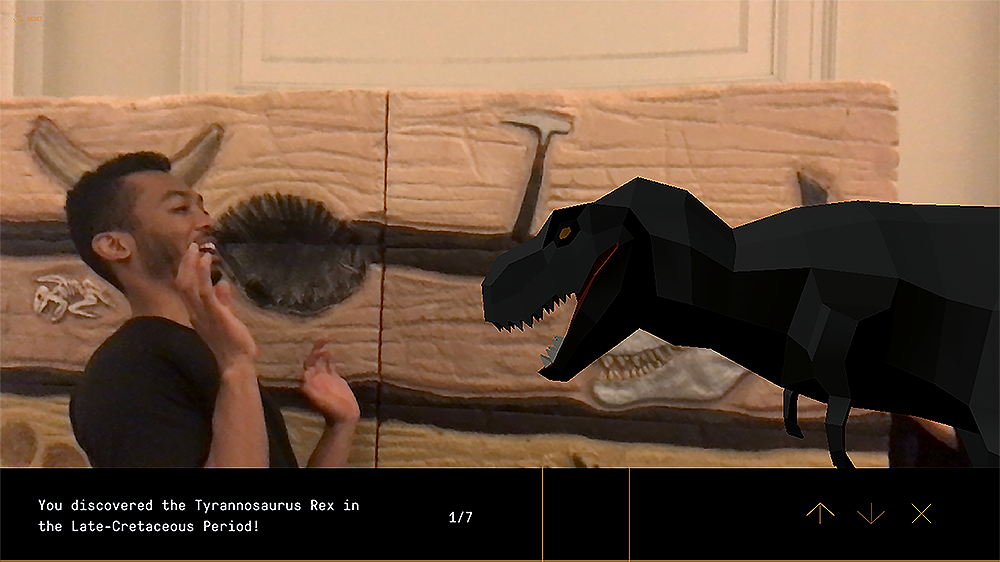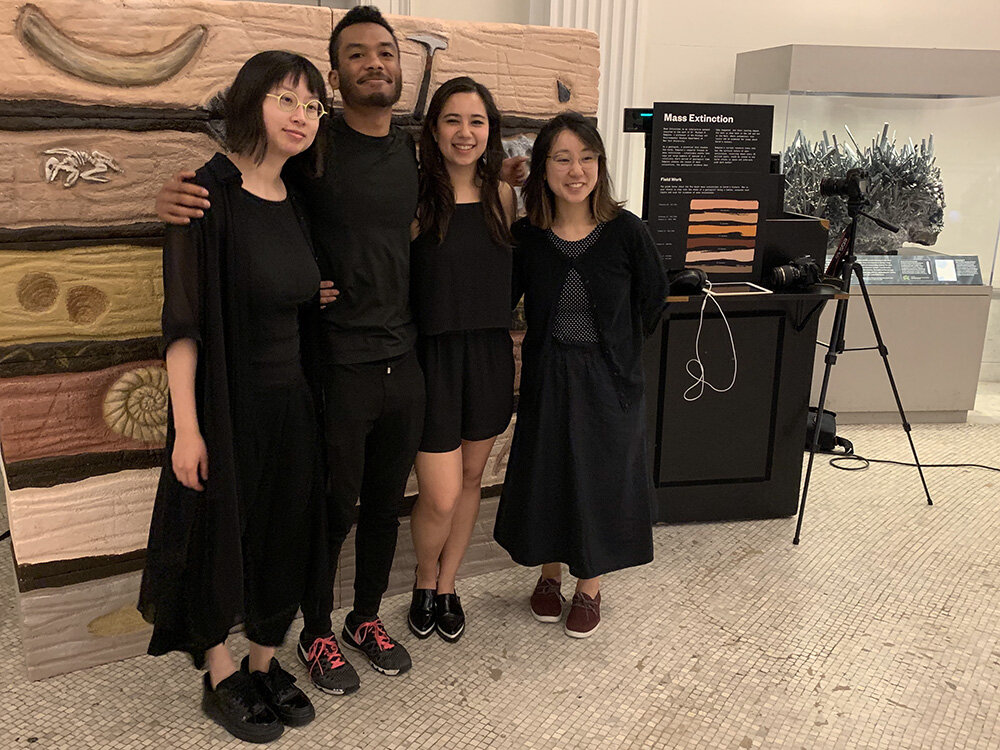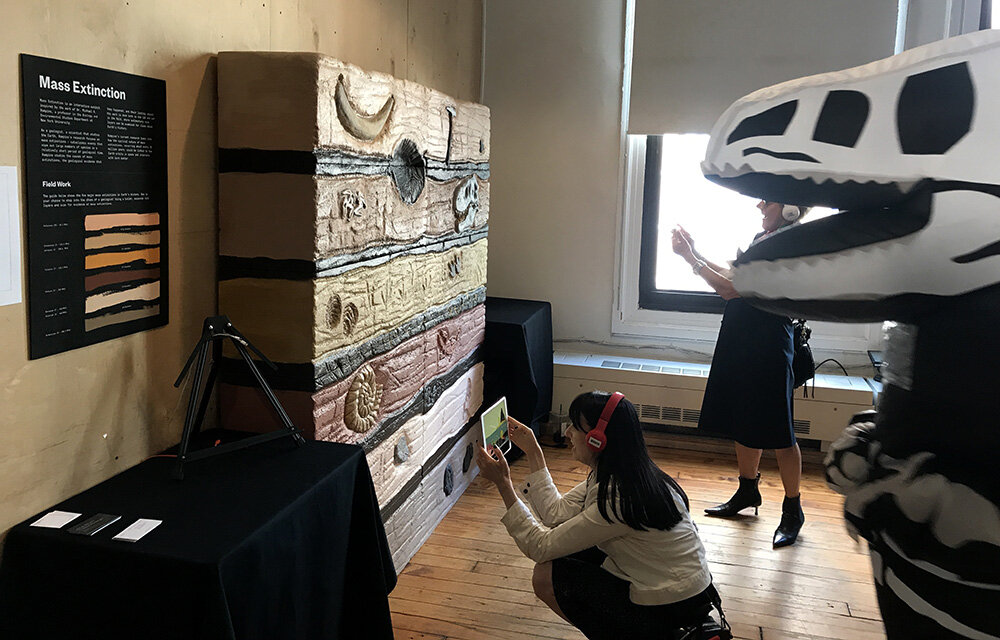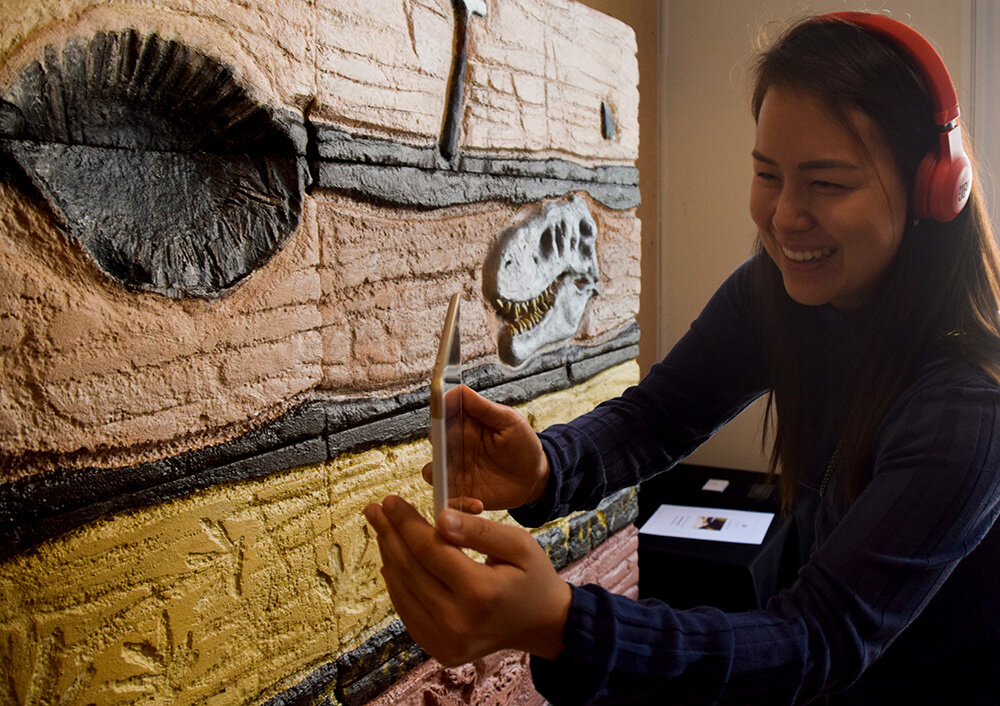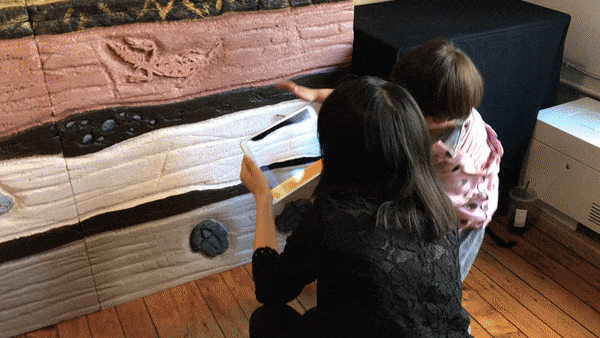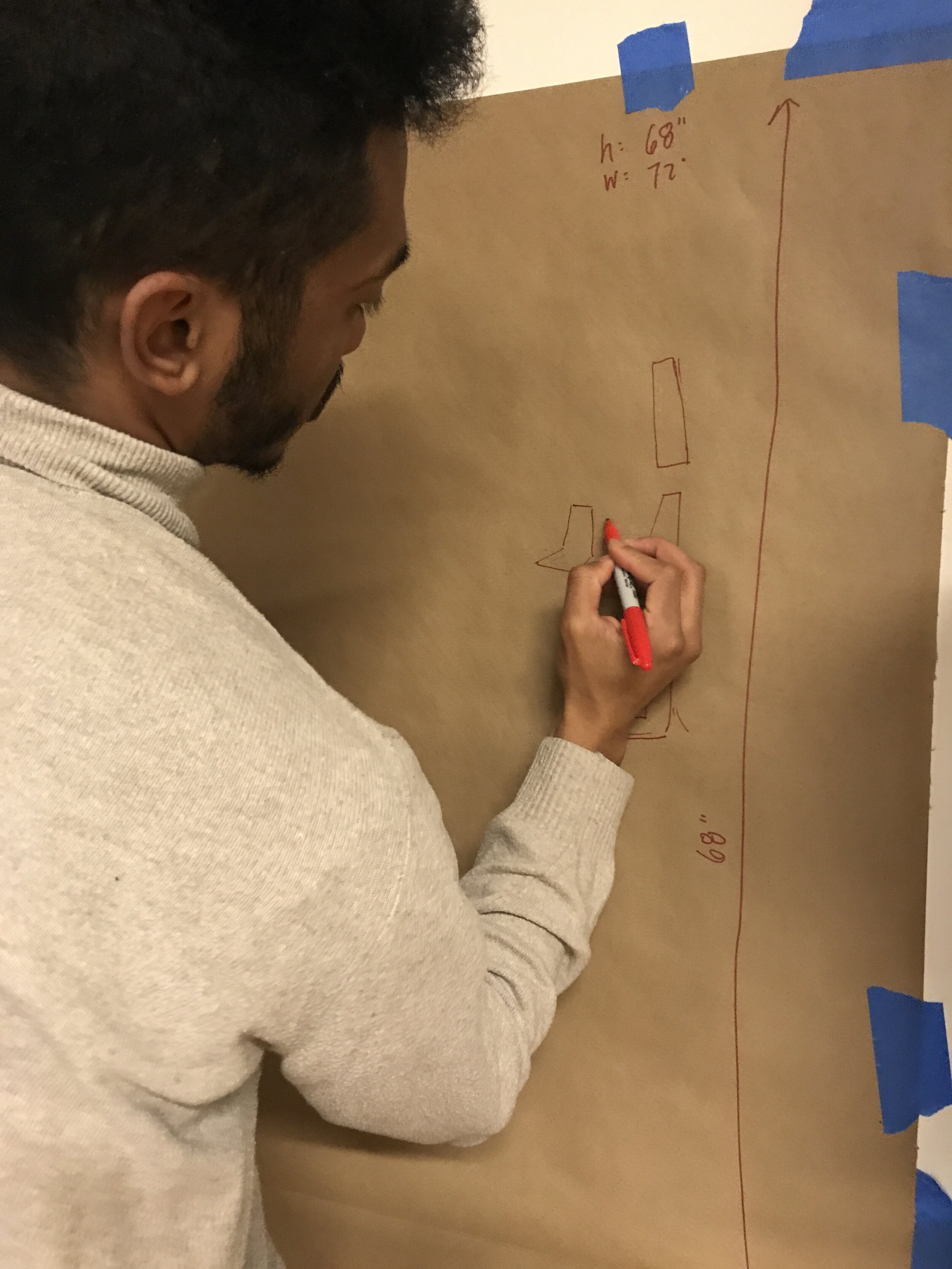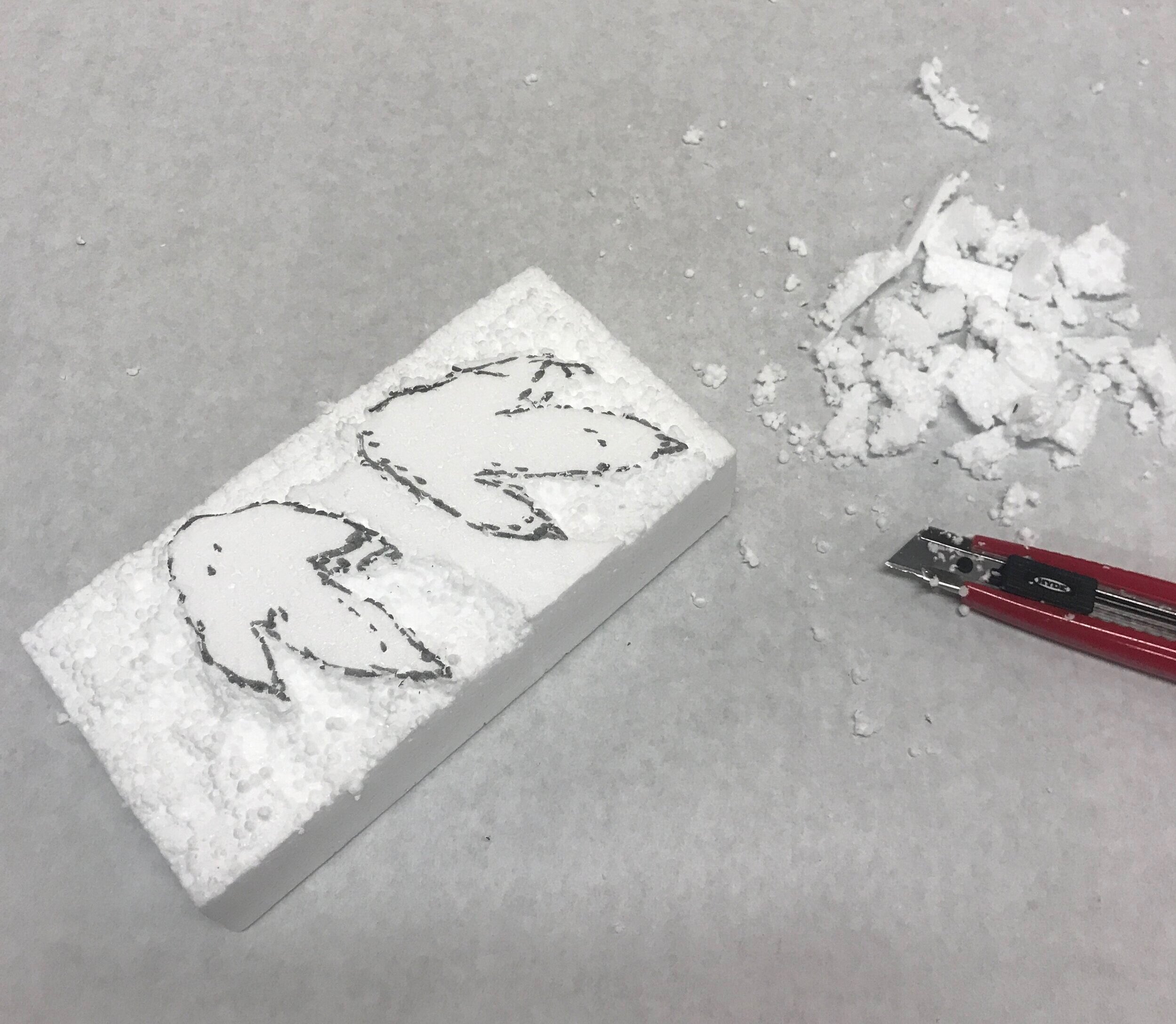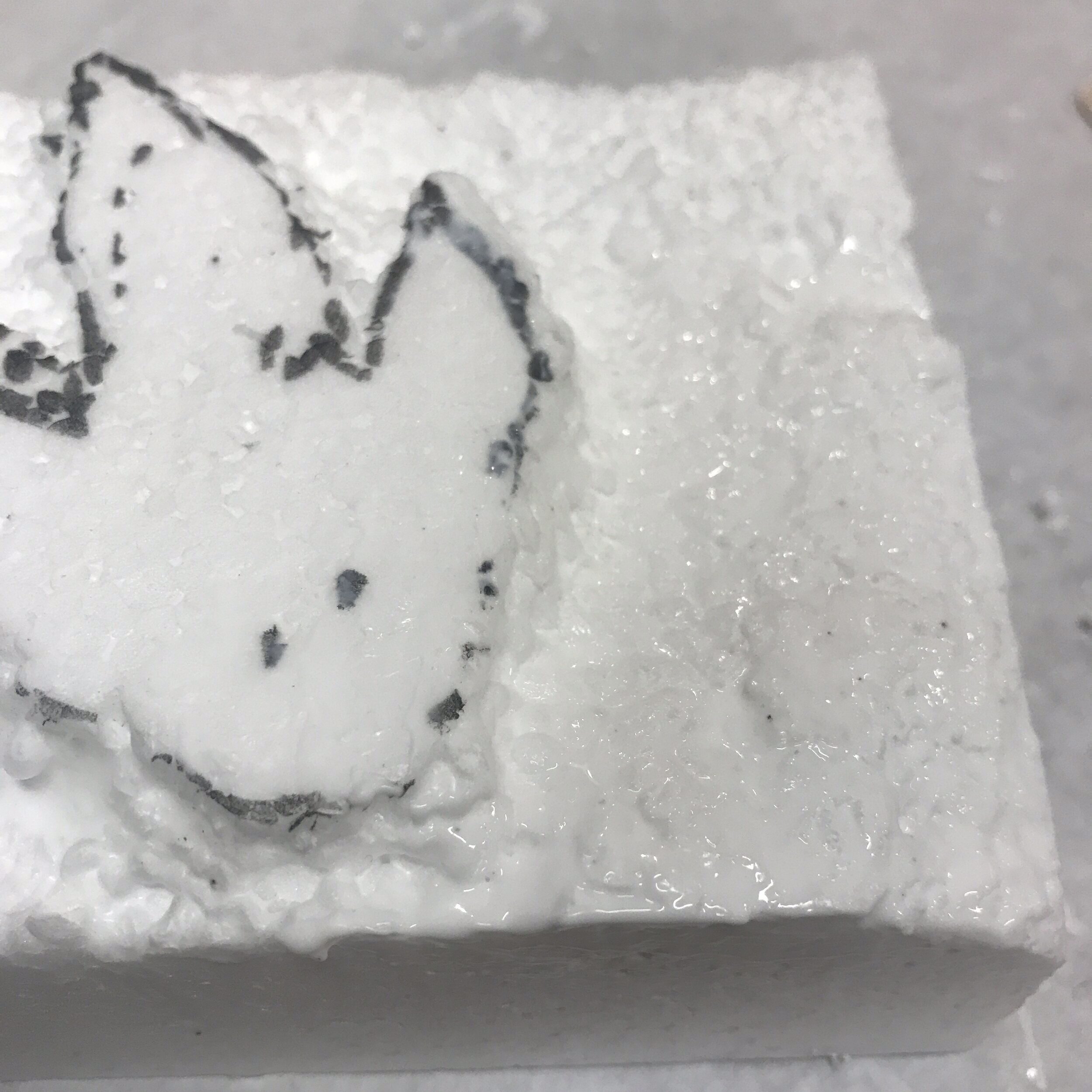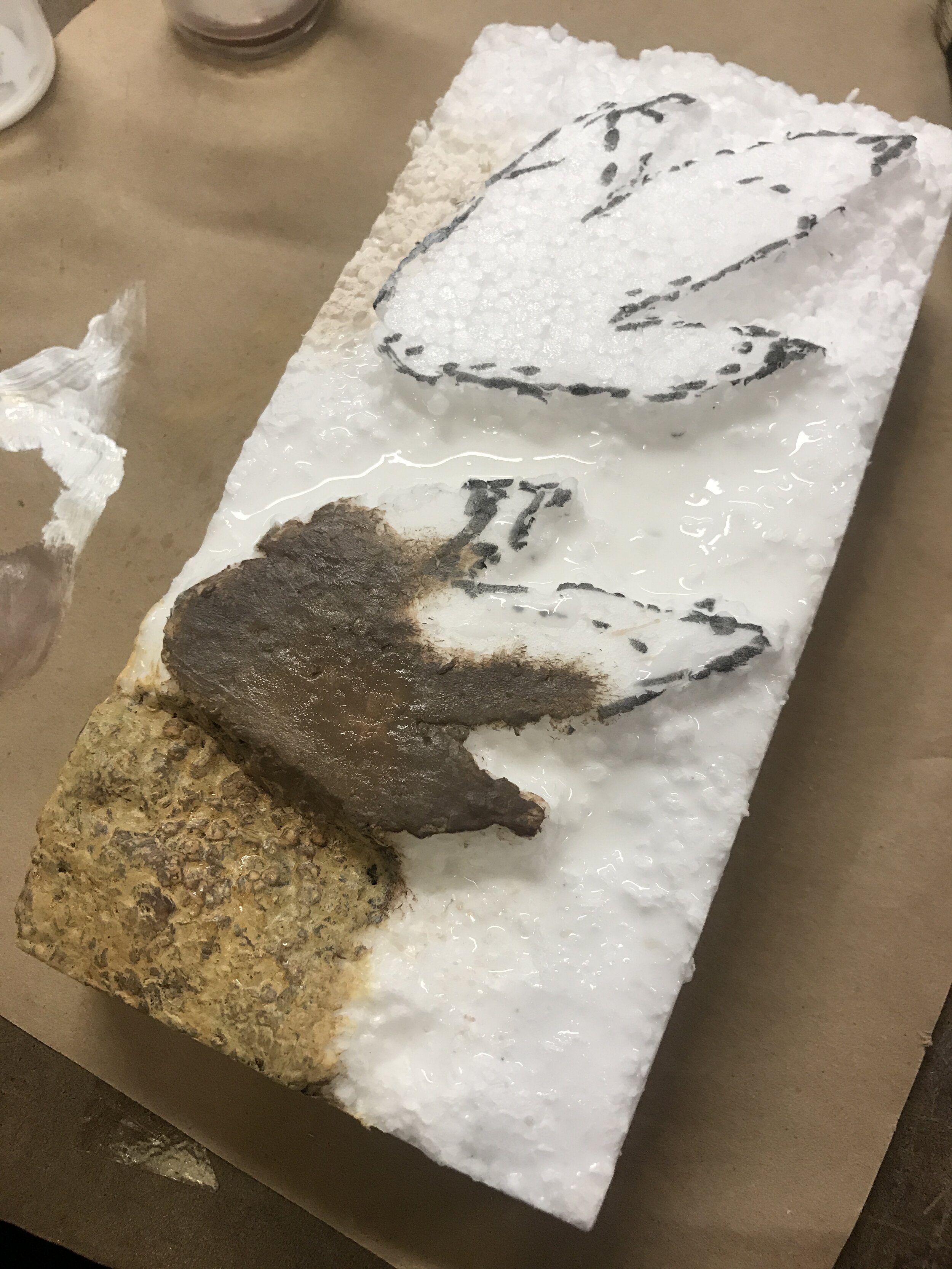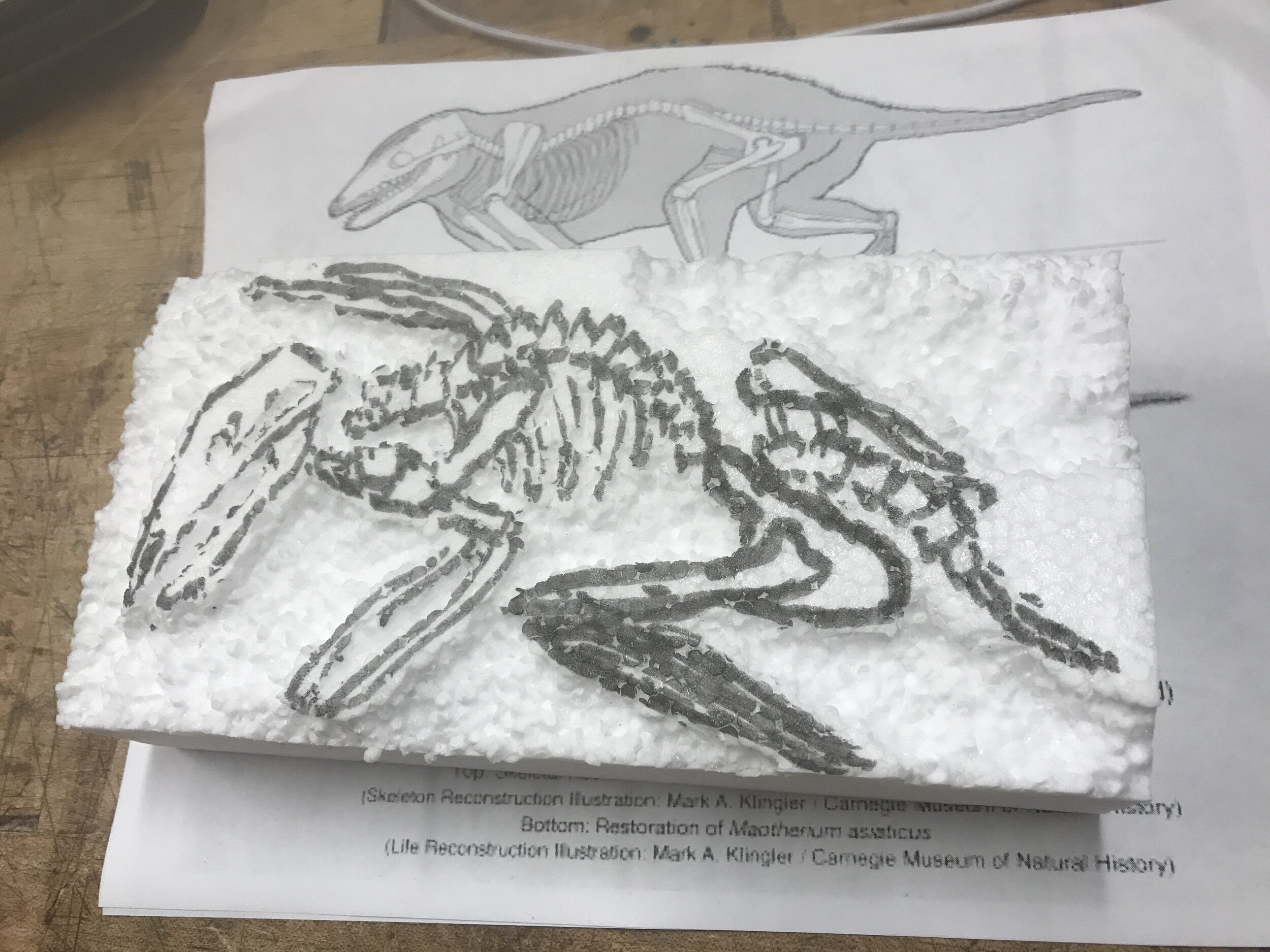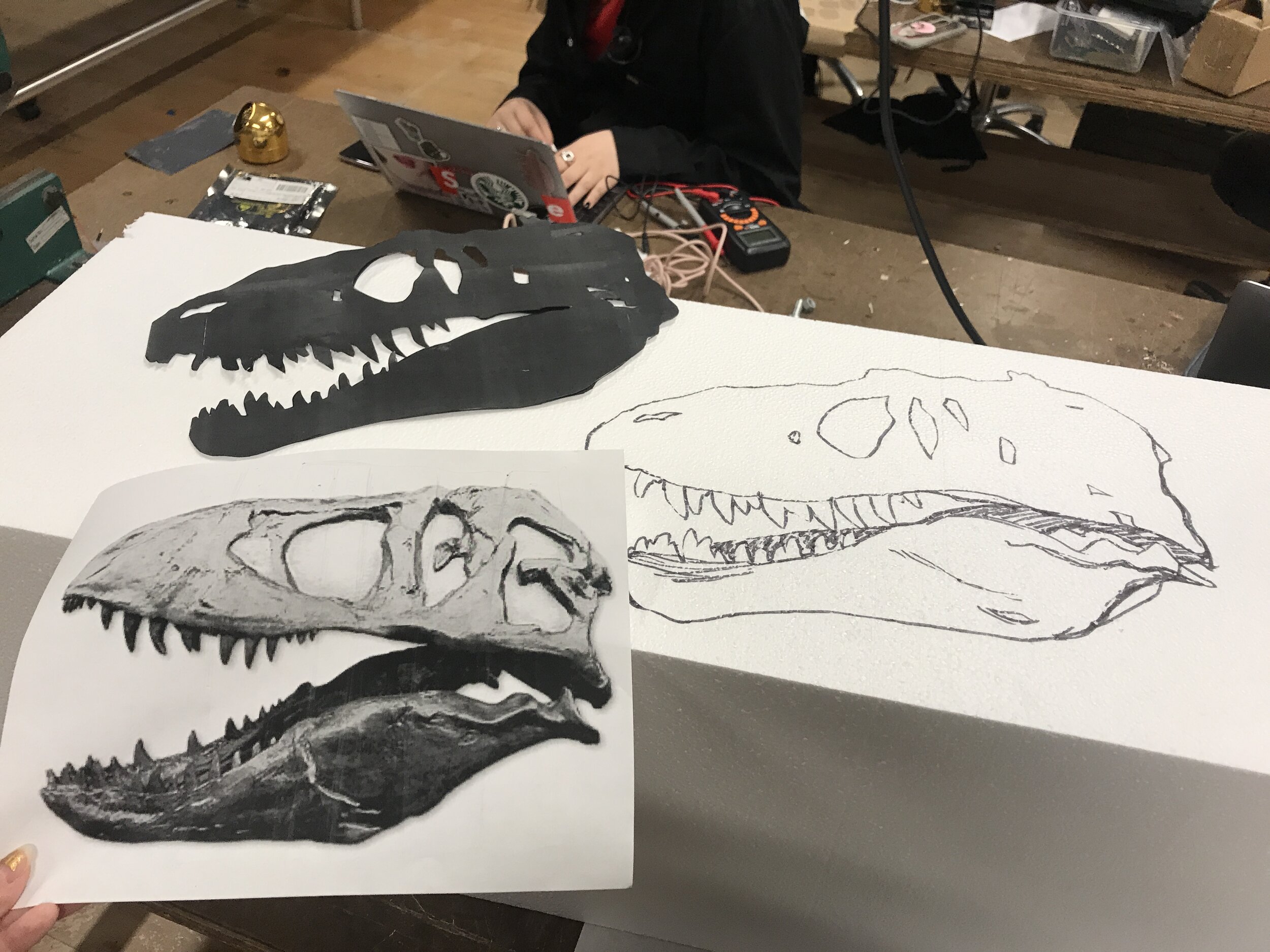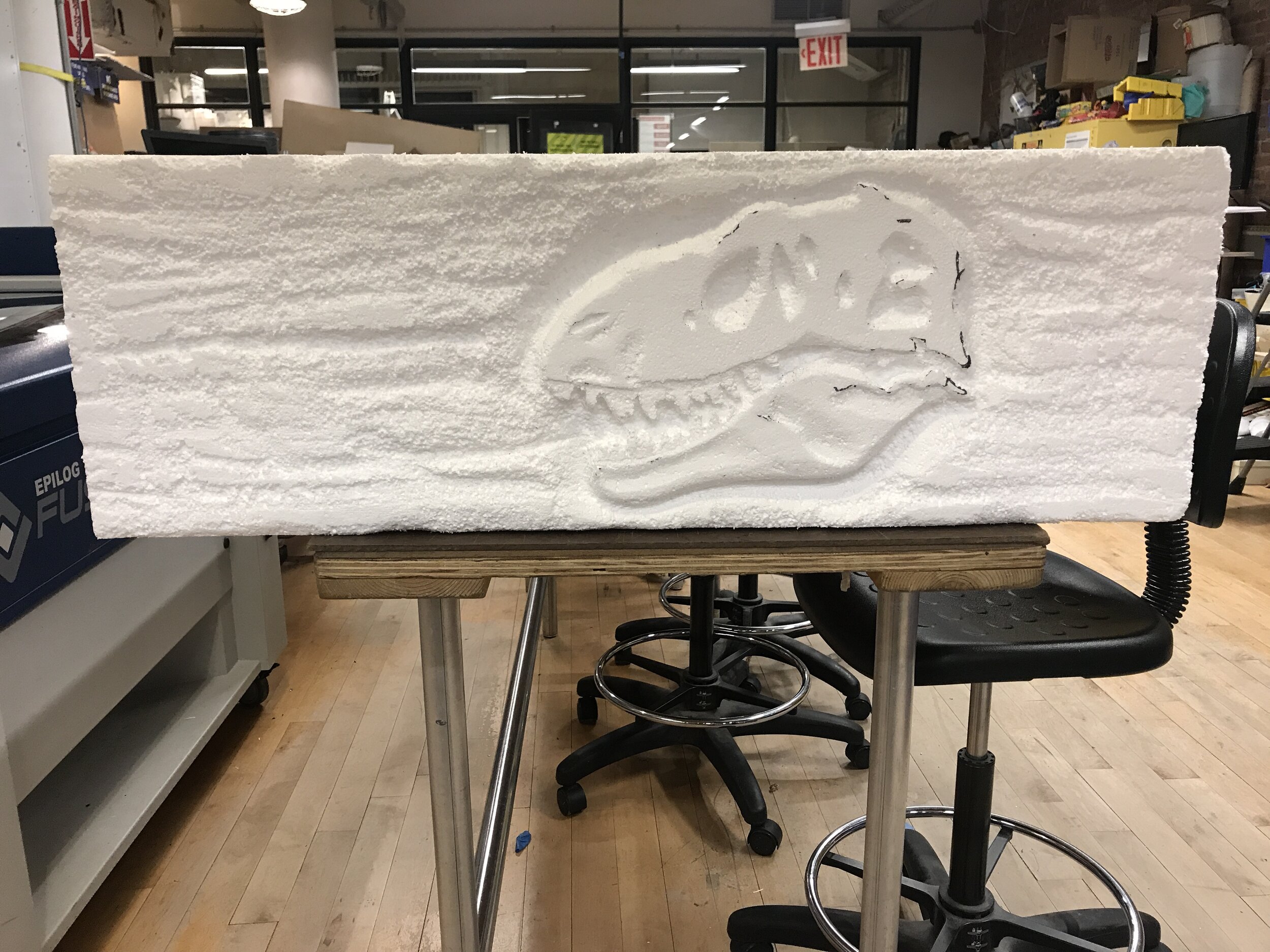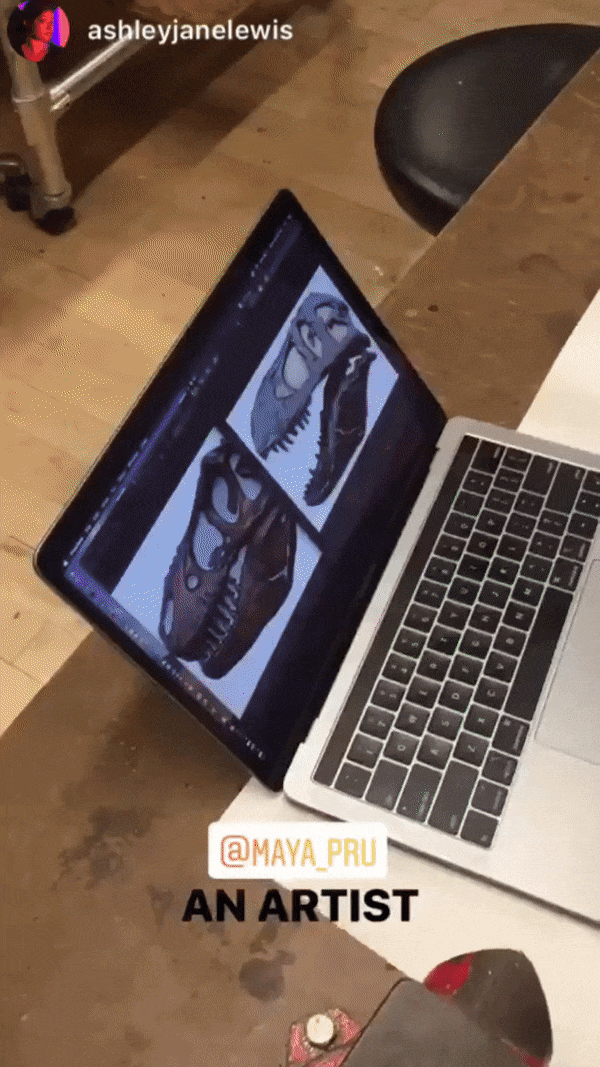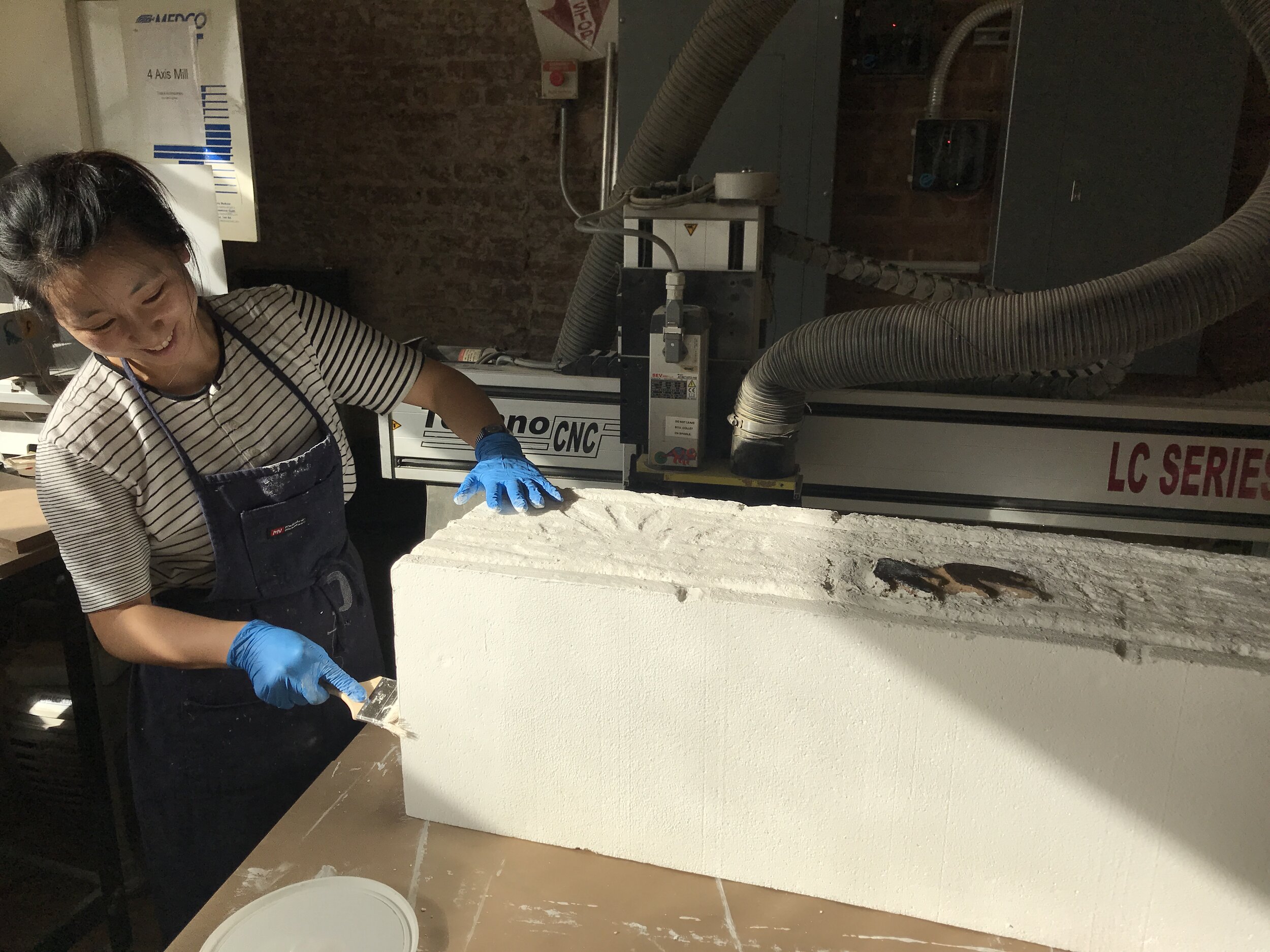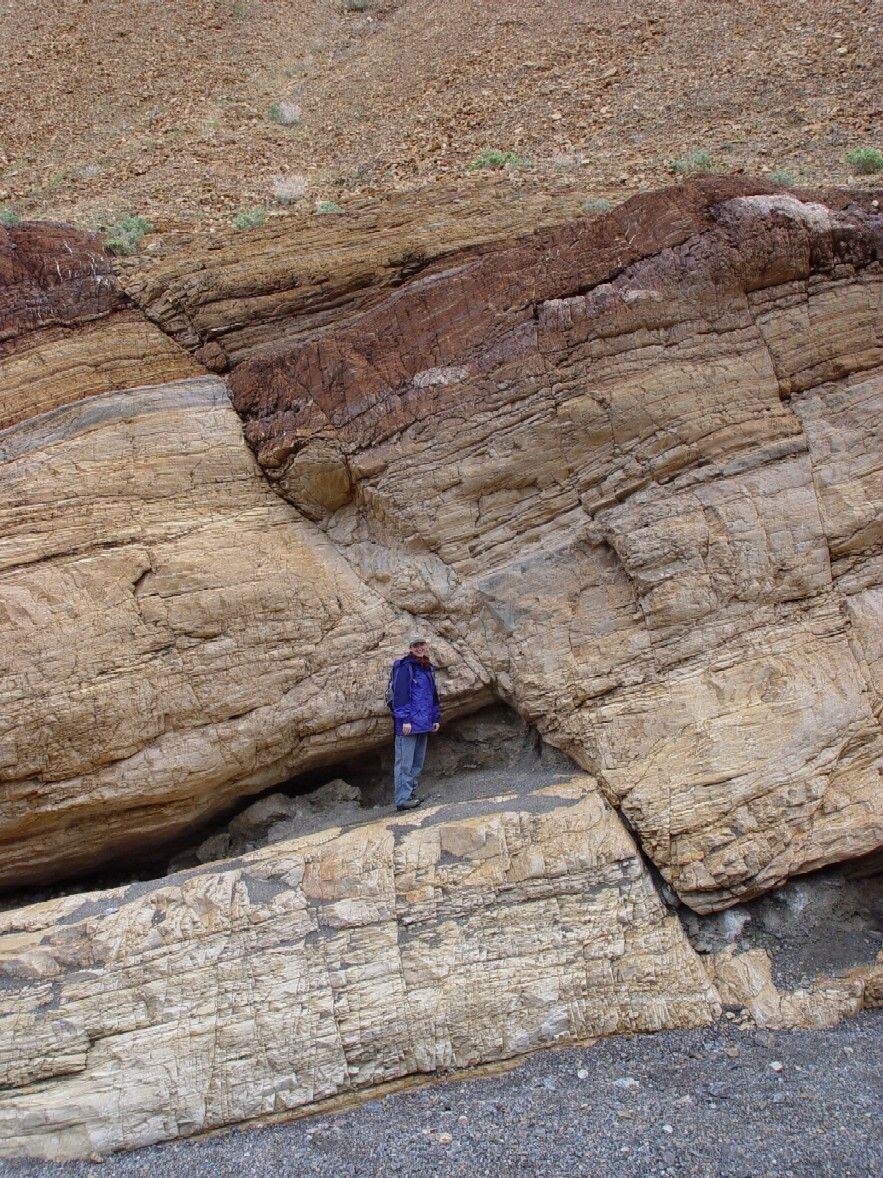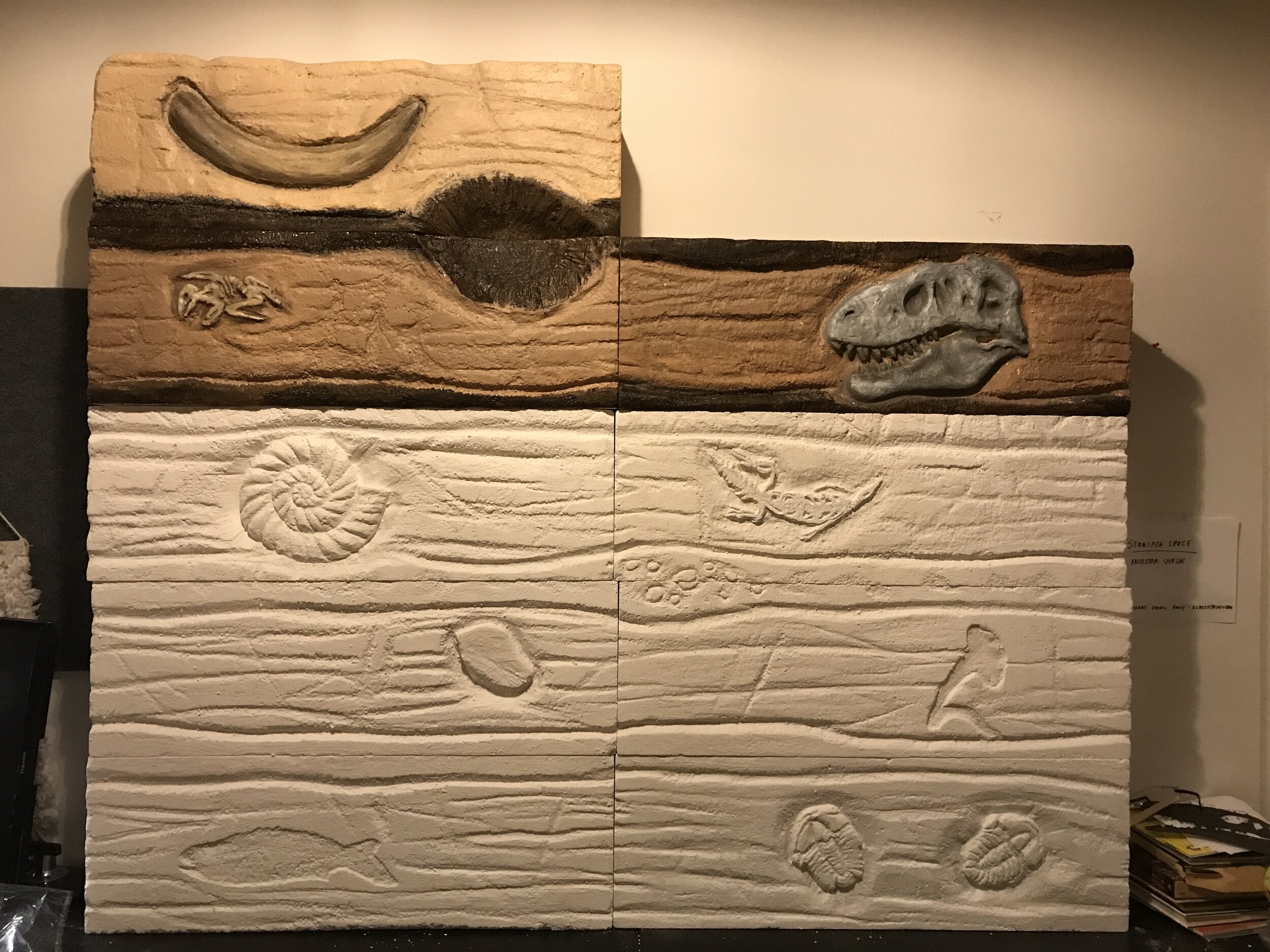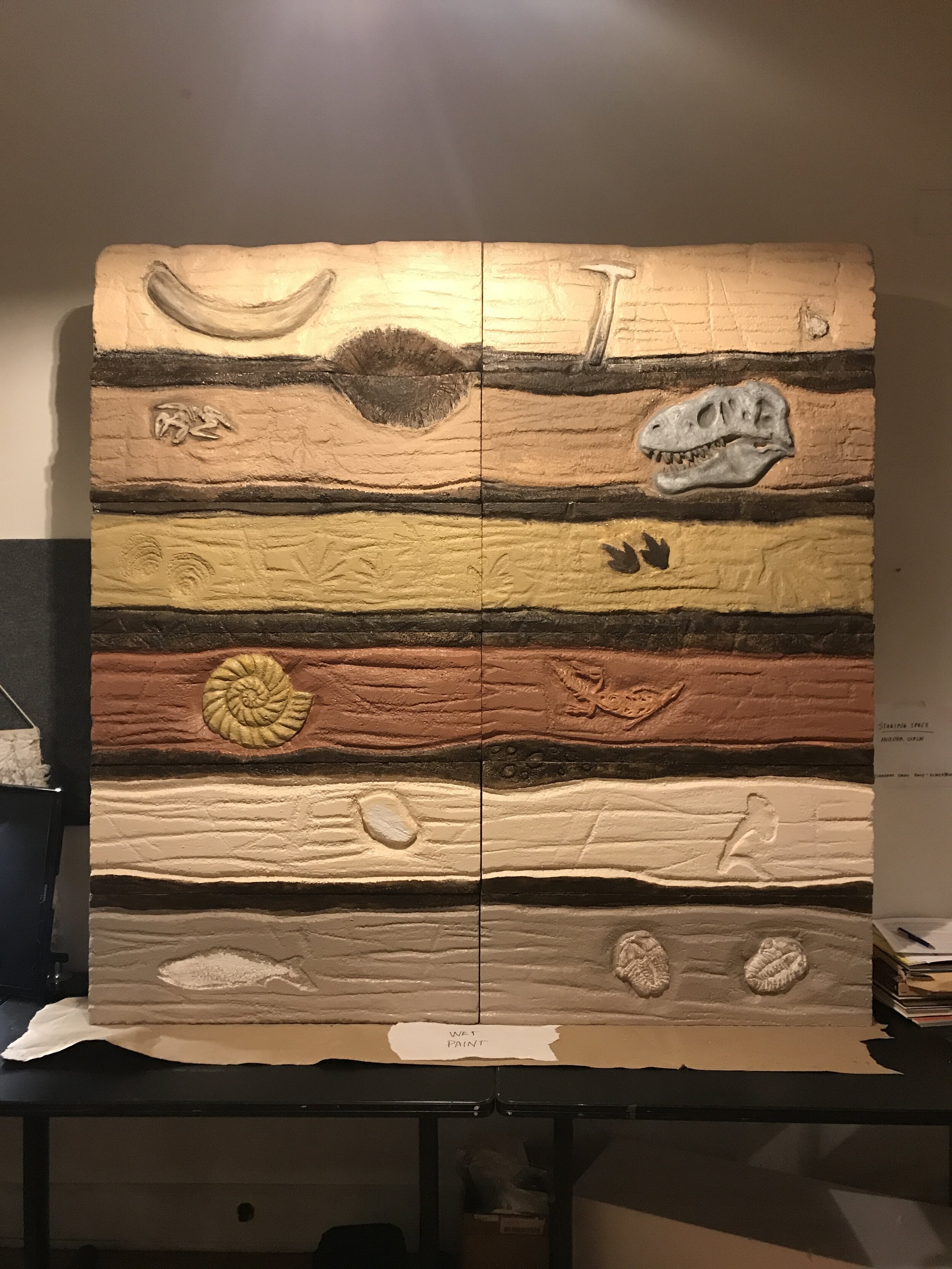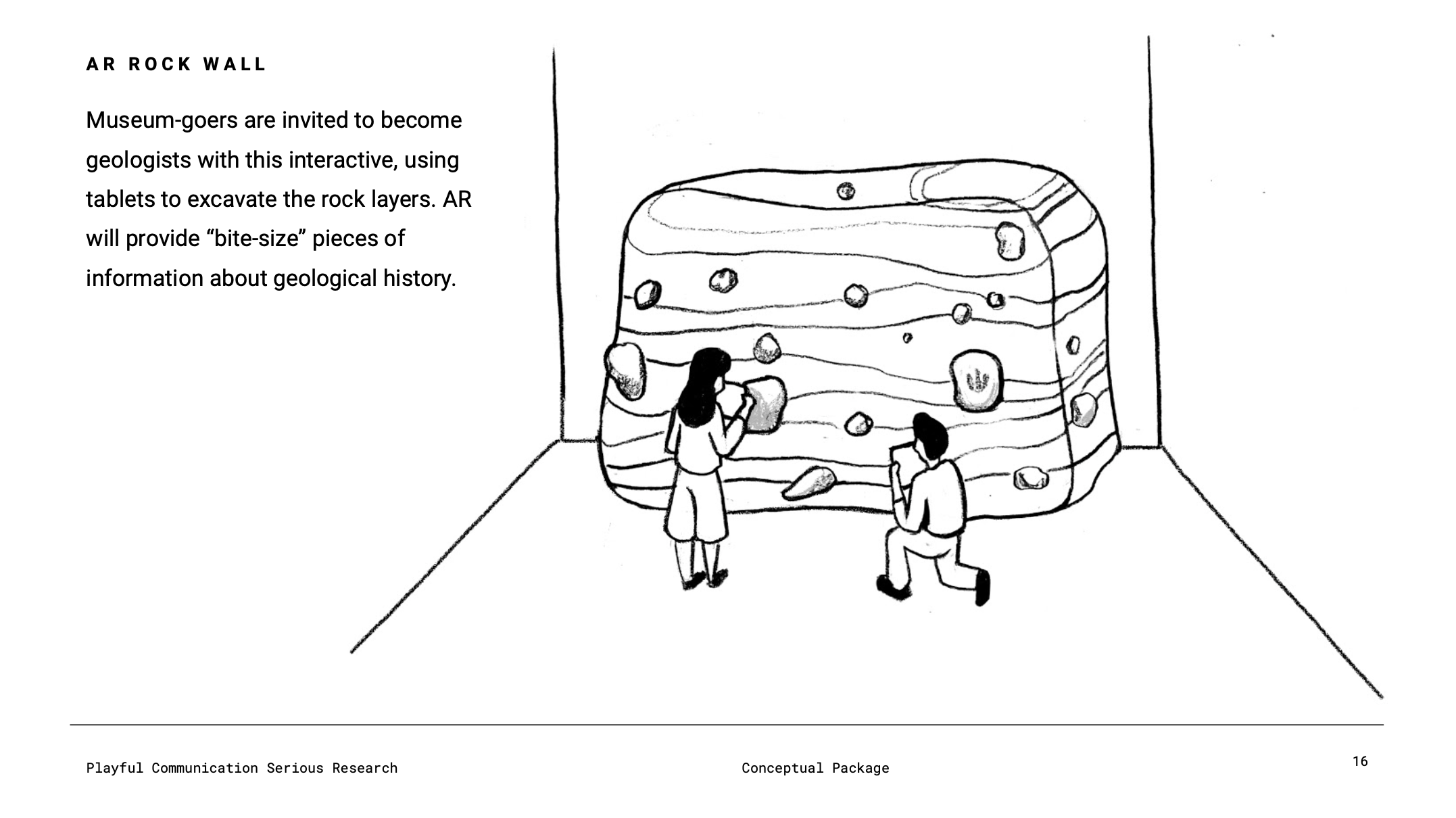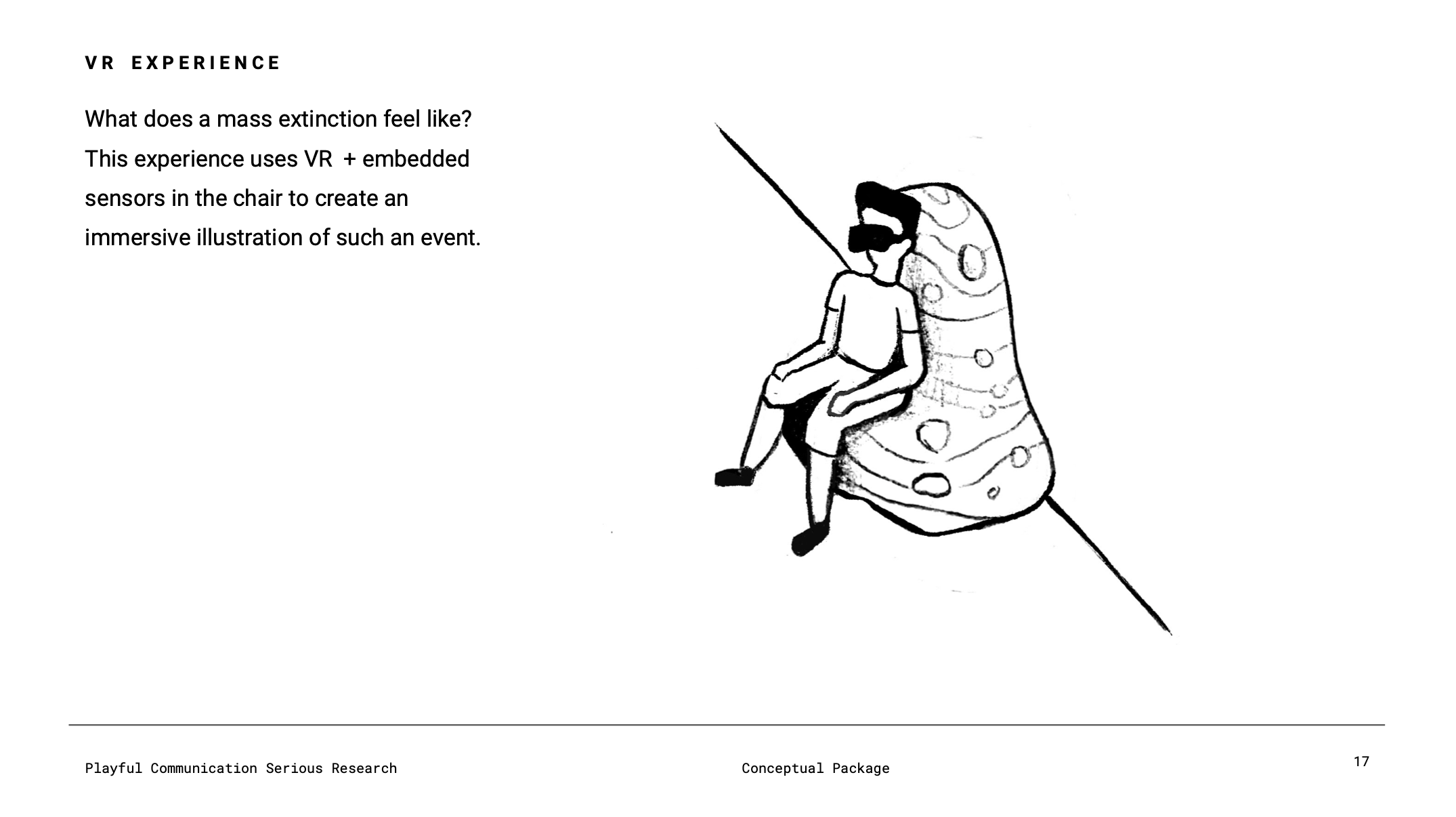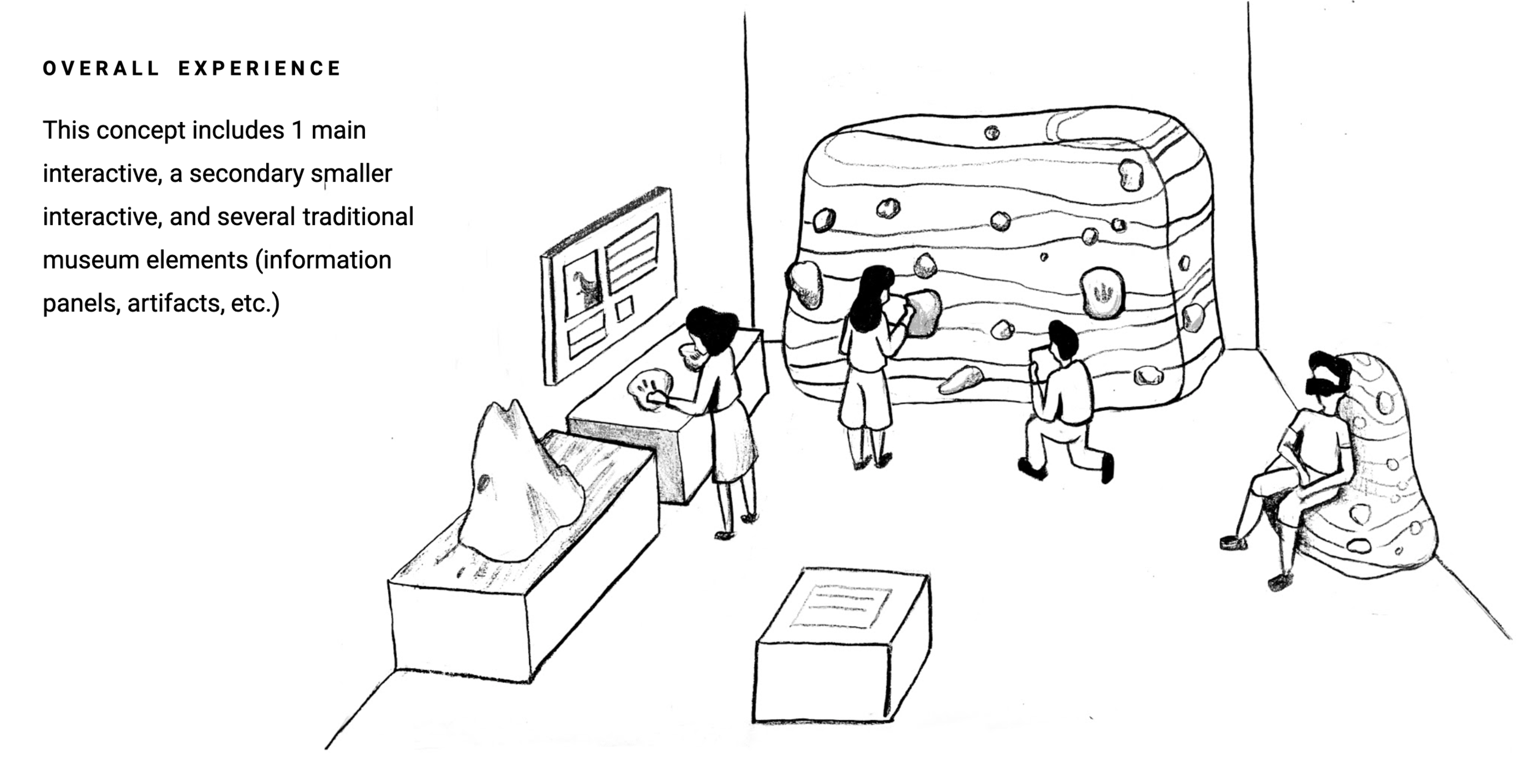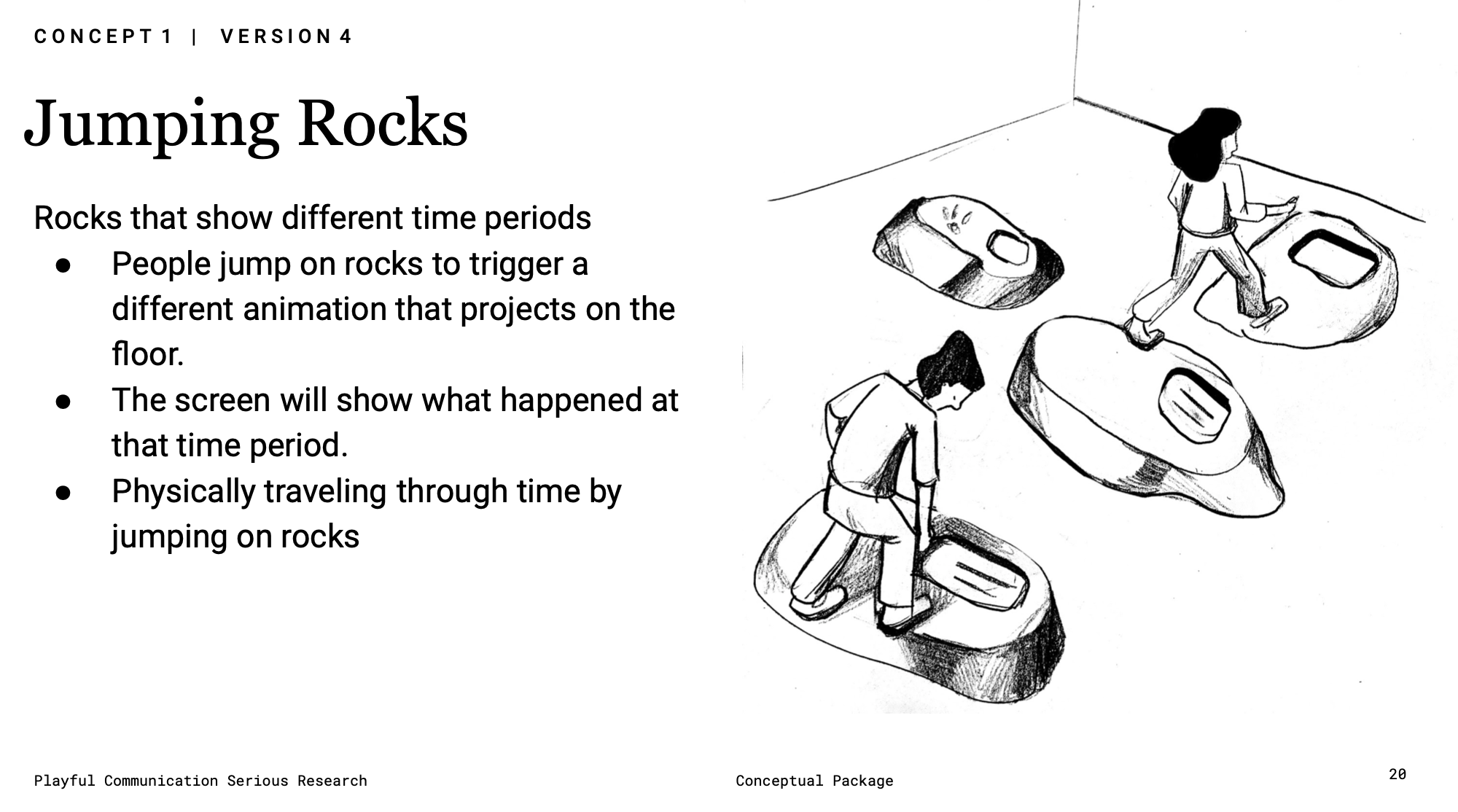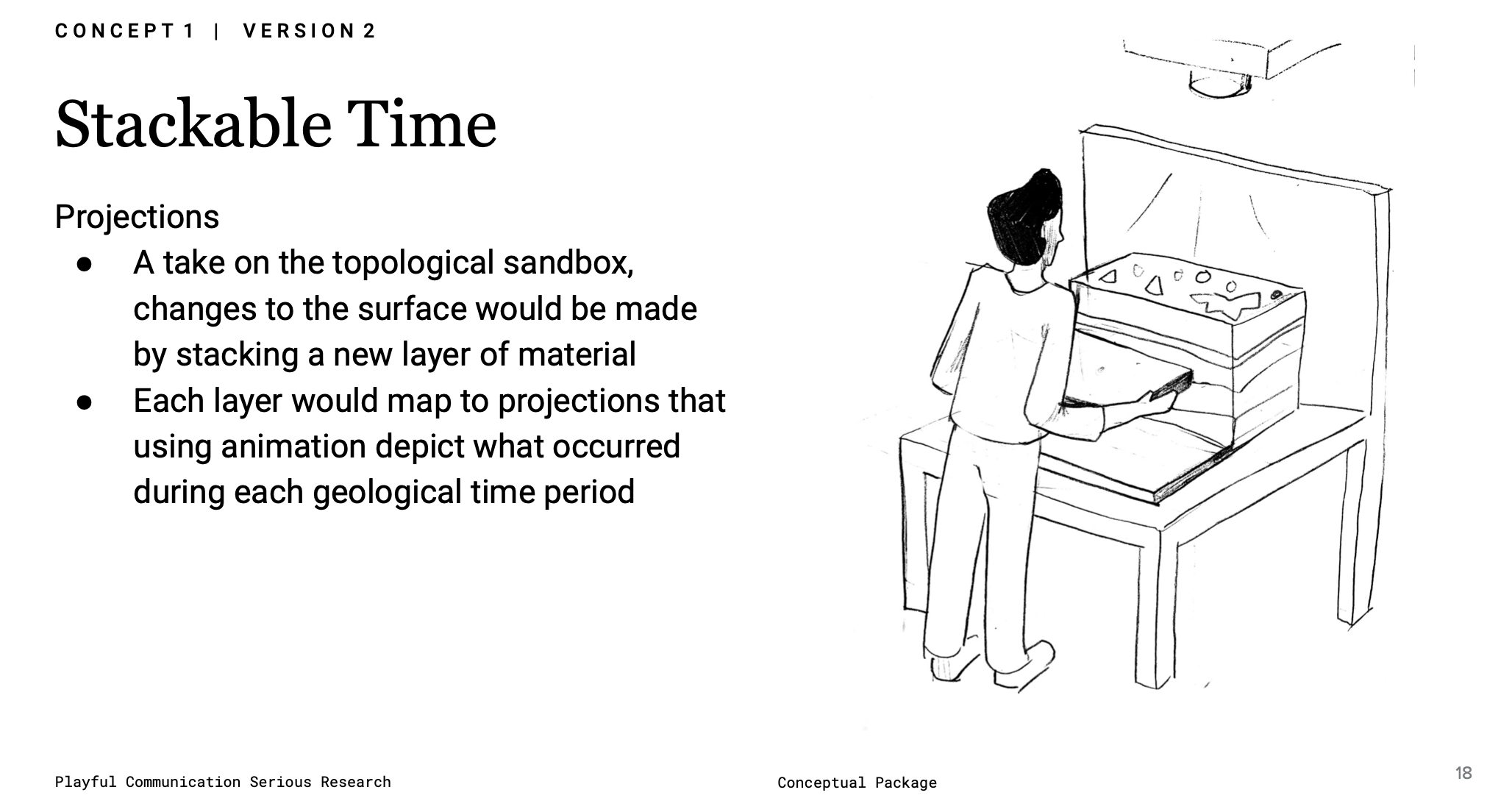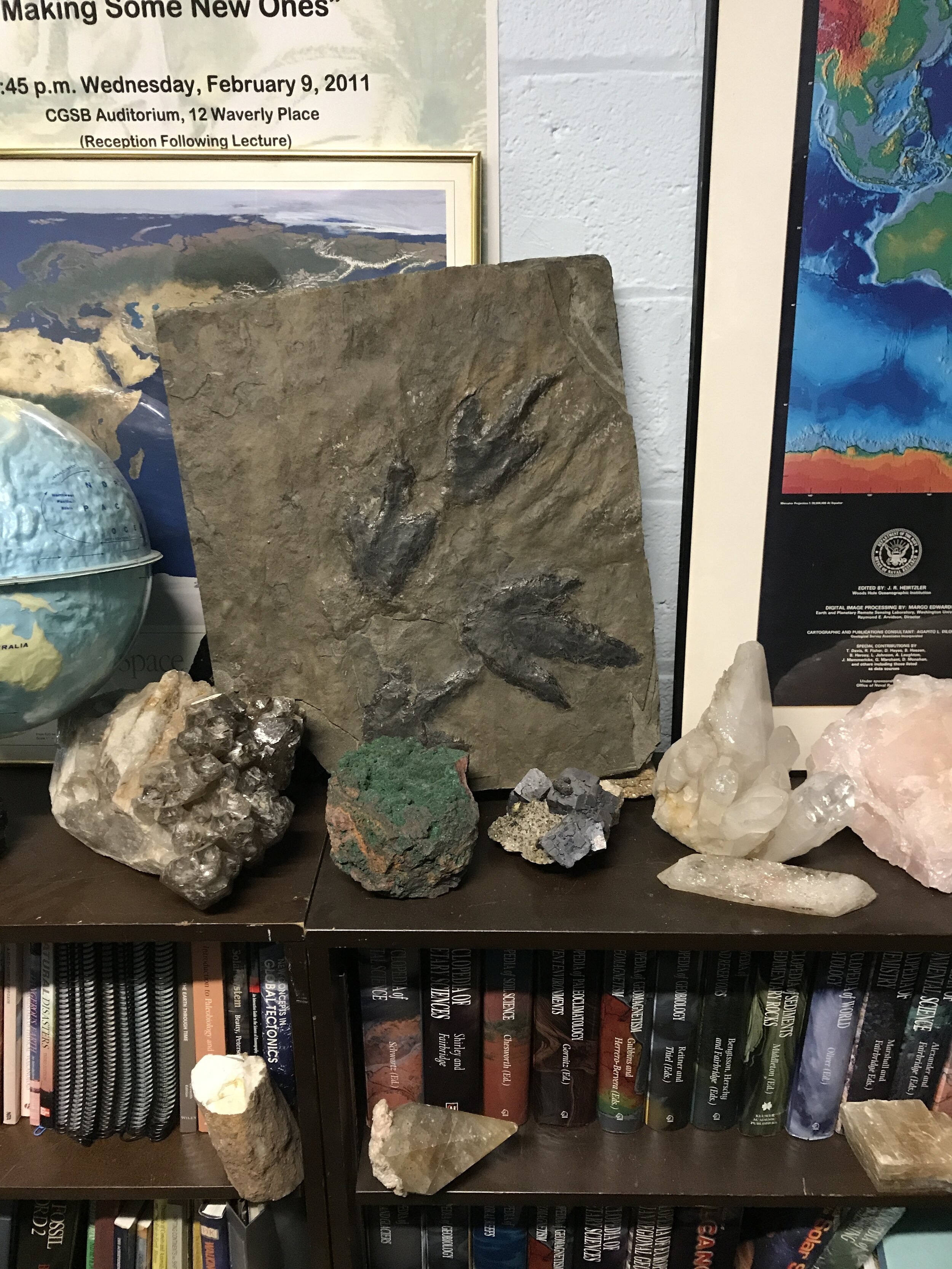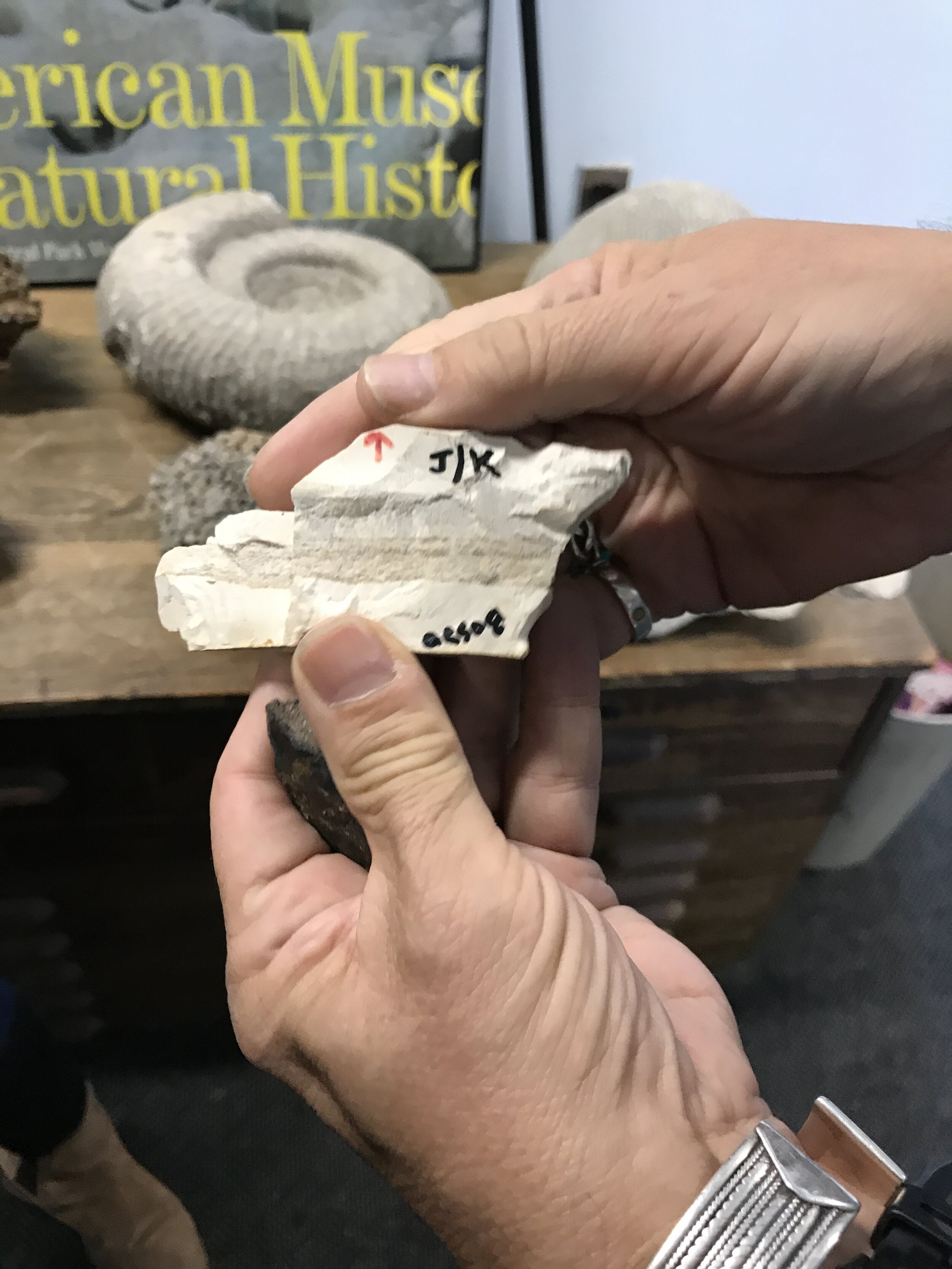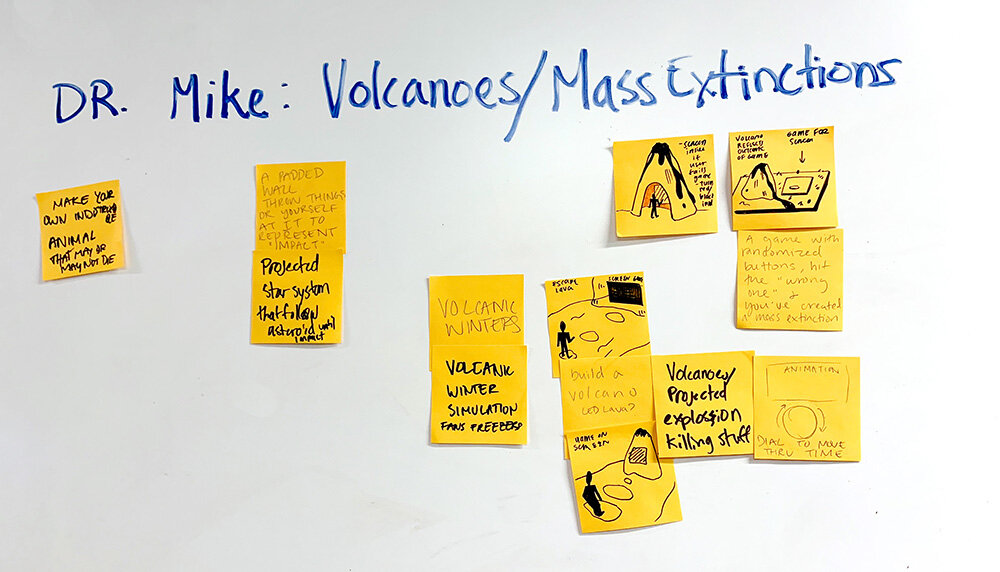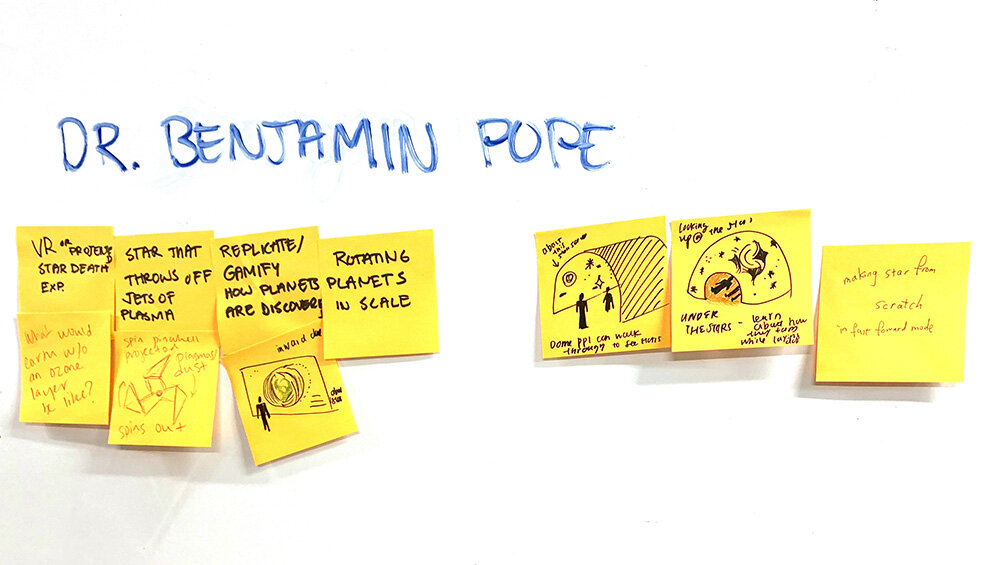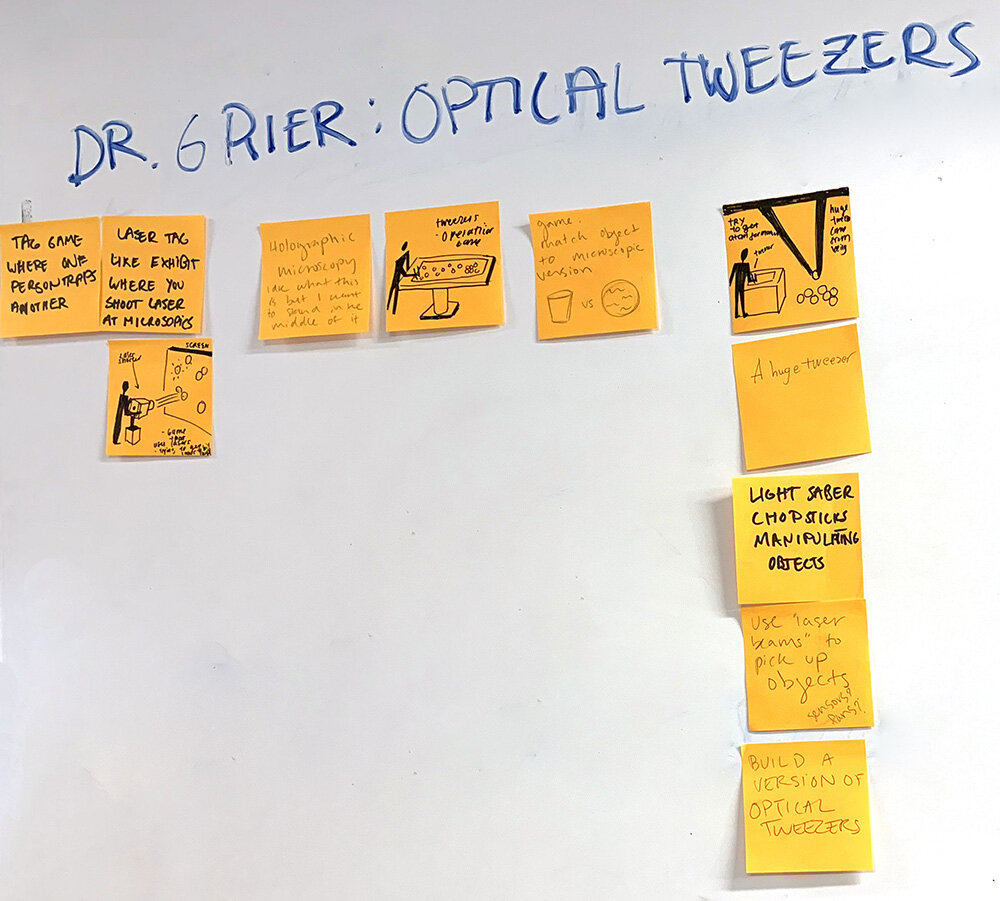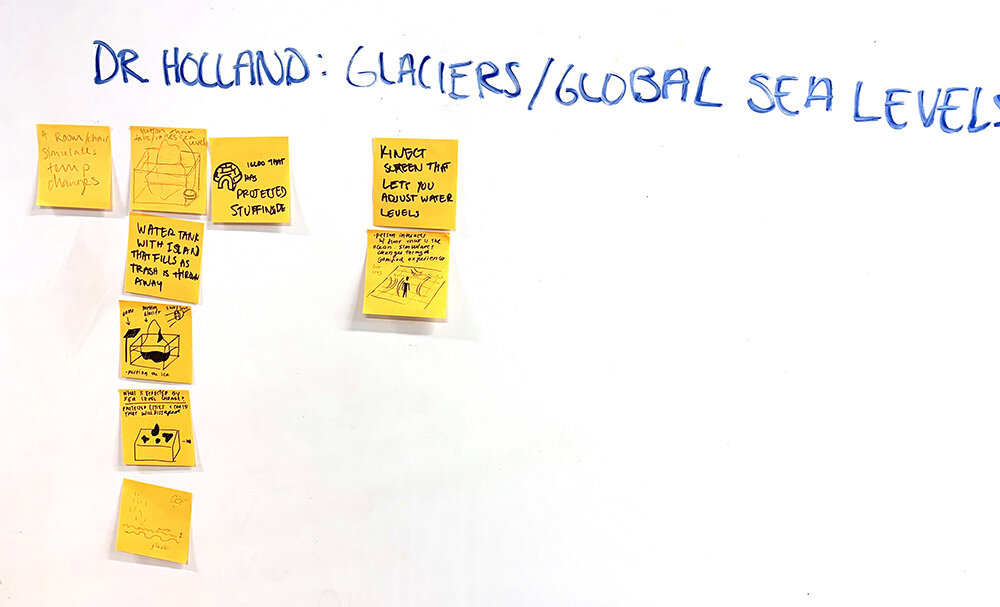What? Mass Extinction is an interactive geological rock wall and augmented reality application designed for a museum exhibition setting. Each layer represents a different geological time period and each dark brown line, a different mass extinction in Earth’s history. Users are encouraged to step into the shoes of a geologist doing field work. Using a tablet, users can excavate the wall, searching for 7 clues of mass extinction that serve as AR object targets. When found, the targets trigger hidden AR content (3D models, animations, or diagrams) to appear on the tablet. Users can also read more written information corresponding to each object.
How? This 6’ x 6’ rock wall is carved by hand out of foam. The AR application built with ARKit in Unity features a scan mode with orange user interface elements to indicate users must search for clues. When an object target is found, the UI elements turn black, a score count begins, and users have the option to touch the screen to toggle and scroll for more information.
Why? Mass Extinction seeks to bridge the gap between the academic scientific community and the general public. It uses interactive technology to communicate complex research and make it more accessible, digestible, and fun. The exhibit aims to educate users about geology, Earth's history, the causes and impacts of mass extinctions, and about creatures that existed throughout time.
Created in collaboration with Dylan Dawkins, Mingna Li, and Emily Lin. Inspired by the work of Dr. Michael R. Rampino, professor of Biology and Environmental Studies at New York University.
Mass Extinction was exhibited at the American Museum of Natural History and the ITP Spring Show 2019.

